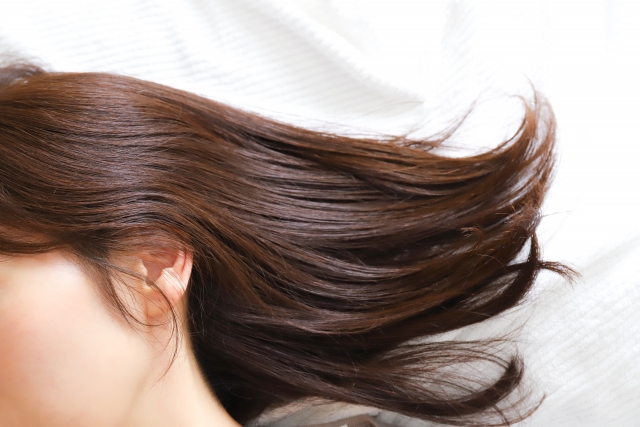Postnatal paternity testing by DNA extraction from hair is one of the most common methods used to confirm parent-child relationships.However, there are some precautions and limitations to DNA testing using hair.The following describes the procedure, information required and precautions to be taken when carrying out a paternity test using DNA extraction from hair.
1. Conditions for DNA extraction from hair
- Hair roots are required: if DNA is to be extracted from hair, the hair root (the part of the hair at the base of the hair) is required. Hair roots contain living cells from which DNA can be extracted. On the other hand, the fiber part of a clipped hair does not contain sufficient amounts of DNA, so DNA analysis cannot be carried out on hair without roots.
- Collect a suitable sample: it is common practice to collect at least 5-10 rooted hairs. When removing the hair, take care to ensure that the hair roots remain intact. If the hair is old or poorly preserved, the DNA may have deteriorated, making it more difficult to authenticate.
2. The procedure for parent-child identification using hair
- Sample collection: rooted hairs are collected from both parents and offspring.It is recommended that samples are kept clean and sent to the laboratory immediately after collection.If using a test kit, handle the sample properly according to the agency’s instructions.
- DNA extraction: cells are removed from hair follicles and DNA is extracted. DNA extraction from hair can be somewhat more technically difficult than extraction from normal oral cells or blood, but can be carried out without problems in specialized laboratories.
- DNA analysis: compares the genes of the parent and offspring from the extracted DNA.The main part, called the short-strand repeat (STR) sequence, is analysed to check the genetic match.Usually, a high probability (around 99.99%) of a match between parent and child is considered to indicate a parent-child relationship.
- Report of results: based on the results of the DNA analysis, a report is made as to whether a parent-child relationship exists.You can receive the results in writing or electronically, usually in one to three weeks.
3. Precautions when using hair
- Hair roots are essential: as mentioned above, it is very important to collect correctly rooted hairs, as DNA cannot be extracted in the absence of hair roots. Clipped or old hair may not be used.
- Sample freshness: if the hair is old or has been stored for a long time, the DNA may have deteriorated.Deteriorated DNA is difficult to analyse and may make paternity testing impossible.
- Hair types: in addition to hair, body hair (e.g. beards and arm hair) can also be used for DNA analysis if it has hair follicles.However, head hair is often used preferentially as it is the most reliable way to extract DNA.
4. Other DNA samples
In addition to hair, the following samples are commonly used for paternity testing
- Intraoral cells (collected by rubbing the inside of the cheek): most common and recommended as it is painless and easy to collect.
- Blood: a highly reliable and trustworthy sample, but requires a blood sample to be taken.
- Nails, saliva and skin fragments: sometimes used in special cases, but like hair, must contain sufficient amounts of DNA.
5. The cost and number of days for DNA testing by hair
- Cost: the cost of a DNA paternity test using hair can be about the same or slightly higher than a test using regular oral cells.The approximate cost is between 30,000 and 100,000 yen.
- Days: the time taken to get an appraisal result is usually between one and three weeks.If you choose the express option, you may get your results in a few days.
6. Advantages and disadvantages of using hair
- Benefits:.
- DNA may be collected from hair, even when it is difficult to collect oral cells or blood.
- Samples may also be collected from hair left on toothbrushes, old combs, etc.
- Disadvantages:.
- Appraisals cannot be carried out on hair without follicles.
- If the hair is old or deteriorated, DNA may not be extracted.
Summary
Postnatal paternity testing by DNA extraction from hair is possible, but requires hair with roots, and sample handling and freshness are important. In addition to hair, other samples, such as oral cells or blood, can also be used. A high degree of accuracy can be expected in confirming parent-child relationships and may also be used as legal evidence, but it is important to collect the right sample for the right purpose.
Latest Articles
Supervisor of the article

Dr. Hiroshi Oka
Graduated from Keio University, Faculty of Medicine
Doctor of Medicine
Medical Doctor









